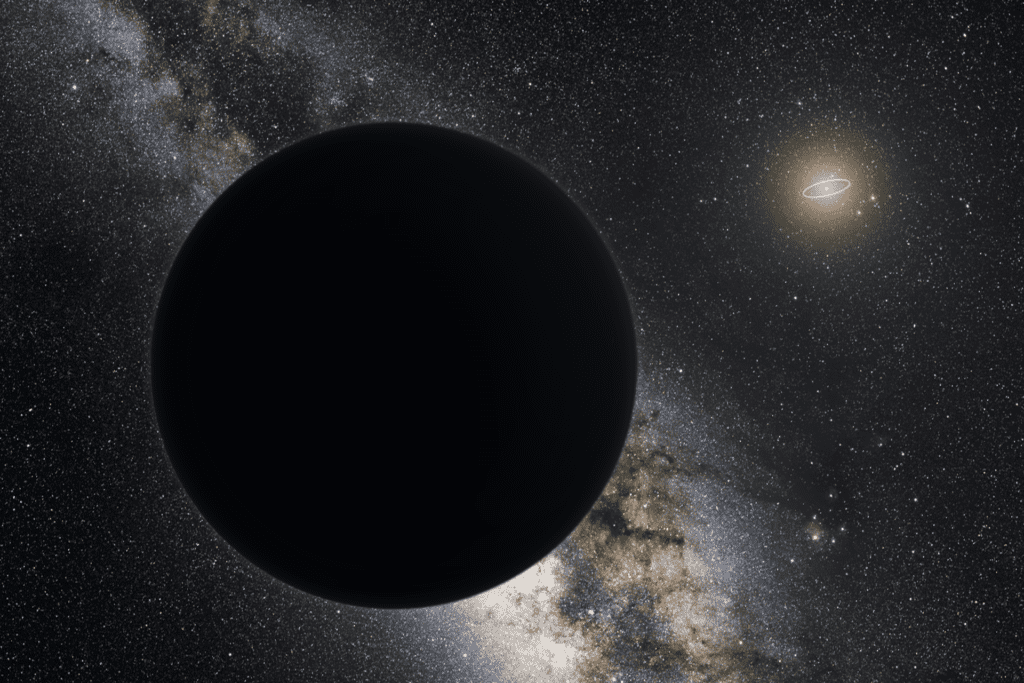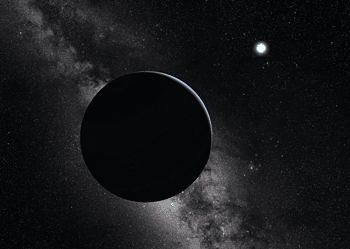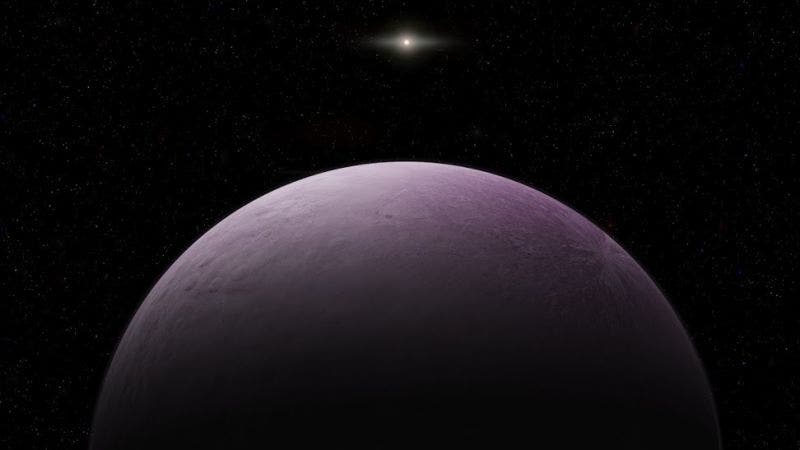Scientists have suggested a different explanation of the effects caused by Planet 9, the hypothesised supermassive planet hiding beyond Neptune.

In the last few years, scientists have predicted the presence of a large, hidden celestial body, known as Planet 9, which may be causing disturbances in the outer reaches of our solar system. Now, new research from the Universities of Cambridge and Beirut has suggested something entirely different is out there.
Since the discovery of Neptune in the mid 19th century, there have been predictions of other vast objects concealed farther out in the cosmic gloom. In recent decades scientists have observed strange behaviours in some of the TNOs (Trans-Neptune Objects) orbiting the Sun that have so far evaded explanation.
There are currently 30 TNOs recorded by astronomers, Pluto amongst them. They are minor planetoids residing beyond Neptune and, like Pluto, some of their orbits are distorted by an enigmatic force – in some cases by as much as 30% ‘downwards’. Some TNOs are even moving through space in the opposite direction to the rest. Such phenomena do not correlate with our assumed 8 planet model of the solar system, and has led researchers in a quest for answers.
Recently in 2016, Caltech astronomers Konstantin Batygin and Mike Brown proposed a theory that a massive planet, 10 times the size of Earth, was lying concealed in the depths of our solar system. Far beyond Neptune, Planet 9 (or Planet X as termed colloquially) would receive barely any light to reflect, making any detection from Earth extremely difficult. Its considerable bulk would also exert a strong gravitational force, dislodging objects from the Kuiper Belt, warping their orbits, and even causing the Sun to wobble slightly on its axis.
But a new theory published in Astronomical Journal offers an alternative and, as co-author and Cambridge PhD student Antranik Sefilian terms it, a “less dramatic and perhaps more natural” solution.
Sefilian and his colleagues suggest that combined gravitational forces from a rotating, icy disc of smaller objects orbiting the Sun are the cause of much of the distortion observed in the outer solar system.
In a statement, Sefilian explained: “If you remove Planet 9 from the model and instead allow for lots of small objects scattered across a wide area, collective attractions between those objects could just as easily account for the eccentric orbits we see in some TNOs.”
The new study has not been without its opponents. Planet 9’s original theorist, Mike Brown, criticised the idea, highlighting the improbability for a disc of objects to survive within a dynamic solar system for billions of years. In addition, Brown said that “a ring of objects would be much easier to find than a singular planet, yet there is no evidence that such a thing exists.”
Sefilian and his colleagues remain convinced, however, and also alluded to the struggles the team had faced during their investigations.
“When observing other systems, we often study the disc surrounding the host star to infer the properties of any planets in orbit around it. The problem is when you’re observing the disc from inside the system, it’s almost impossible to see the whole thing at once. While we don’t have direct observational evidence for the disc, neither do we have it for Planet 9, which is why we’re investigating other possibilities. Nevertheless, it is interesting to note that observations of Kuiper belt analogues around other stars, as well as planet formation models, reveal massive remnant populations of debris.”
However, with the recent discoveries of other dwarf planets, such as the ‘Goblin’, ‘Sedna’ and ‘Farout’ at the edge of the solar system, Sefilian remains open to the prospect of both the icy disc and Planet 9 coexisting.
“It’s also possible that both things could be true – there could be a massive disc, and a ninth planet.”
With more research from astronomers like Sefilian and Brown, hopefully the coming years will shed more light on what exactly lurks around the furthest realms of our solar system.






